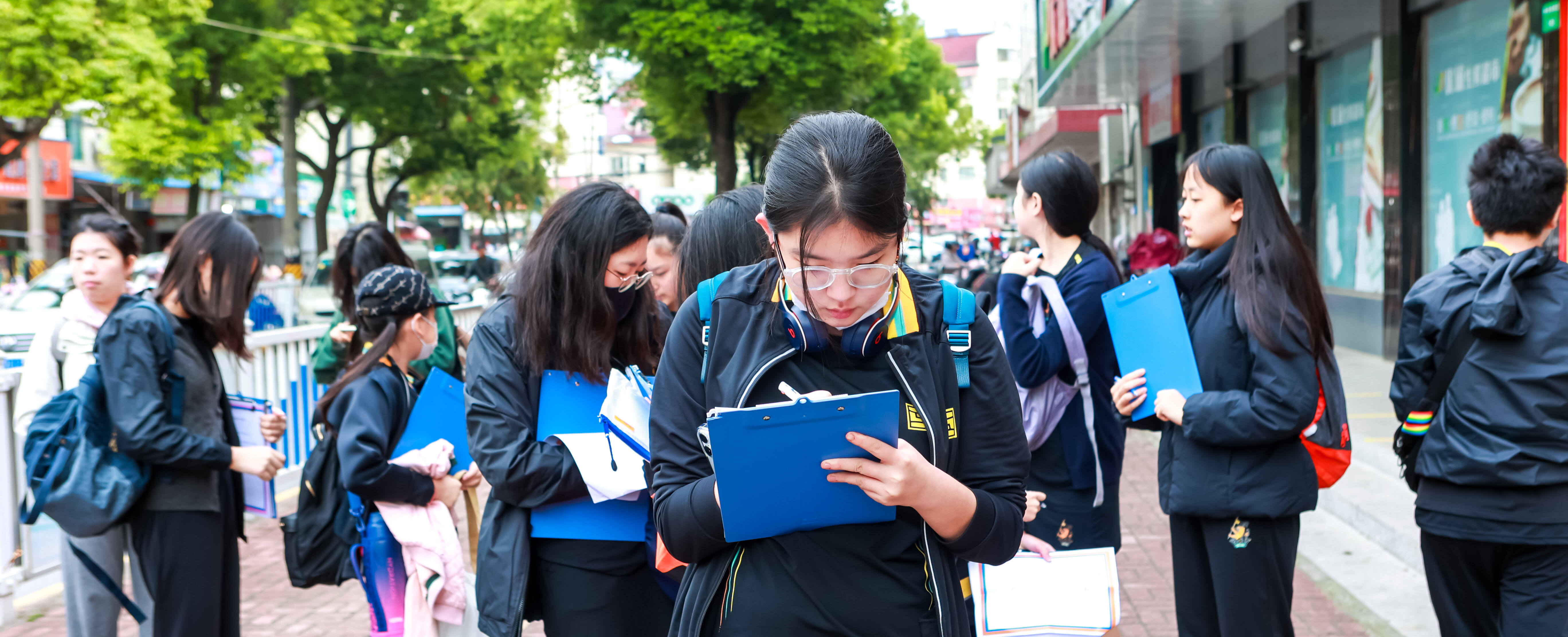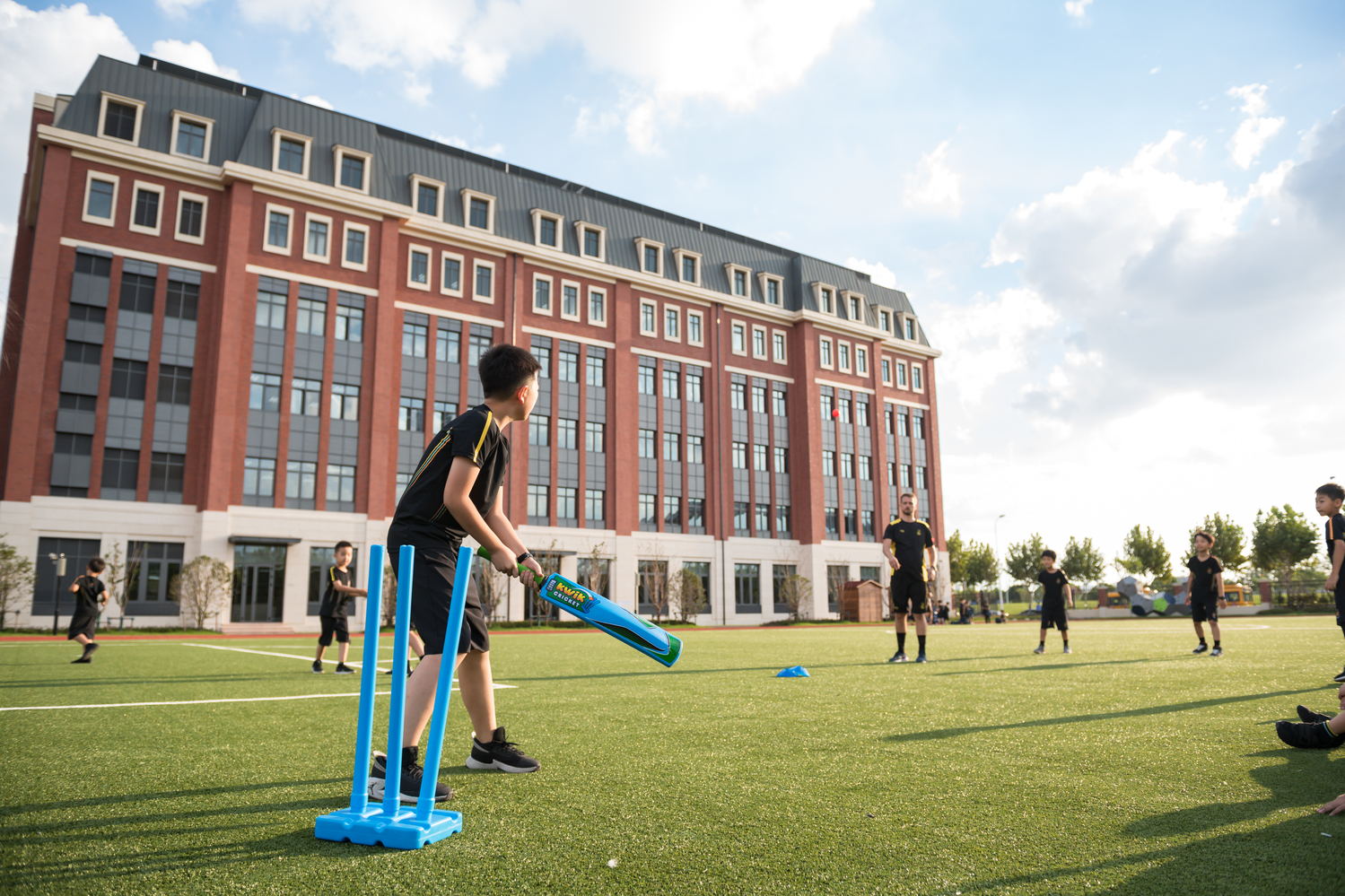
“Solitude matters and for some people it is the air they breathe” - Susan Cain , Chief Revolutionary of the Quiet
During these trying times, often in isolation or confined indoors, we may be encouraged to reflect. This can in turn lead to discovering new surprising strengths, gaining new reflective tools we never thought we had and developing our mental resilience and grit. In sports coaching, this is not new; encouraging our Hiba athletes to turn inwards can lead to surprisingly positive results and so far, is paying dividends for our pupils faced with challenges.
In this piece, we explore how quiet coaching can influence our children and enable them to come through in times of unfamiliarity or confinement.
Imagine this scene:
The pupils walk nervously into the exam room. The exam papers are given out, instructions issued and timings written on the board. They hear the words ‘you may begin’. they open their paper and start reading and writing furiously. As soon as that happens, several teachers and parents (who just happen to be at the side of the room, watching) start shouting instructions at those who are taking the exam:
‘Mary, read all the questions first and underline the key words!’
‘Oscar, start with the essay answers. Get them out the way first!’
‘Michael, remember to write in full sentences, show all of your knowledge!’
‘Lily, bullet points, bullet points!’
‘Frank, leave it, leave it! Come back to the difficult ones if you have time!’
The scene is absurd. Even though it would never happen at Hiba, it would indeed be devastating to the pupils involved. It would undermine the validity of the exam as a test of the pupil’s knowledge and ability on that day. It would disturb the pupils and have terrible consequences for their concentration and focus. Outsiders would offer different viewpoints which would lead to misunderstandings and possibly poorer performance. Subsequently, we would not know whether it was their own ability or the advice that was being shouted at that influenced their performance. It certainly would increase the tension the pupils are feeling.
 However, if we look at matches and games in youth sport, this is what happens, week in and week out. Through this lens, we could view sports matches or sports tournaments as an exam or challenge to test the players’ knowledge and skills on that given day of competition. As a teacher, parent or a coach, surely we want to gain as much quality information as possible from the solutions our children come up with to the problems being asked on the pitch or court. Their answers would help us to see their understanding, check whether the schooling, training and practices we have delivered have been successful, and would offer us information helpful to future planning and development. We can’t realistically do this if the performance has been affected by constant streams of advice from the sidelines.
However, if we look at matches and games in youth sport, this is what happens, week in and week out. Through this lens, we could view sports matches or sports tournaments as an exam or challenge to test the players’ knowledge and skills on that given day of competition. As a teacher, parent or a coach, surely we want to gain as much quality information as possible from the solutions our children come up with to the problems being asked on the pitch or court. Their answers would help us to see their understanding, check whether the schooling, training and practices we have delivered have been successful, and would offer us information helpful to future planning and development. We can’t realistically do this if the performance has been affected by constant streams of advice from the sidelines.
 Myself, I have never been a loud person or indeed a loud coach, preferring to stay quiet on the sidelines, in the corridors of Hiba, letting the pupils under my care feel they can make mistakes, play without fear or repercussions while allowing them to explore on and off the pitch or court. I have been finding my way as a Silent Coach.
What is a Silent Coach? I think this is a coach who assumes that every child has the capability for independent thinking in terms of solving problems presented to them in competitive sport. The Silent Coach tries to create an environment for their players that empowers them to solve problems rather than dictating to them what the answers are.
A Silent Coach is not silent, but is comfortable using silence to support player development, and sees it as a major part of their coaching style or toolbox.
Over the course of the last five years, my approach to coaching school sports teams on game day has seen significant change:
Previous Coaching Approach (before) Vs Silent Coaching Approach (now)
1. Pre-game team talk and warm up
Before:I recap the game plan. I recap what we have worked on in training. I set us three targets to focus on during the first half to review. All information from me. Captain gets time just before kick-off.
Now:This is the captain’s responsibility. I will also ask other players for their thoughts. I have asked them to come up with some areas to focus on during the first half and ensure the whole team understands them.
2. During game
Before:I am shouting technical and tactical instructions and some encouragement.
Now:I talk to my pupils on the bench and ask them questions, trying to get them to accurately describe what they see happening on the pitch. I make some notes. Any words spoken to the players playing are positive and encouraging.
3. Half time
Before:I tell them what is happening from my viewpoint. I tell them what they need to do in the next half to win. I expect them to implement my instructions. Success is about winning.
Now:Team splits into 2 to 4 smaller groups and has time to discuss what is happening. Each group has a leader I nominate. The discussion is around threats and opportunities and I listen. Groups combine and share their thoughts. Captain then picks two key threats and opportunities to exploit in second half.
4. Post game
Before:Sit down. Take apart the game. Look at positives and negatives from the game. Pick areas of focus for next week. Discussion usually led by me. Personal judgements are made.
Now:Thank them for their effort. Tell them I enjoyed watching and coaching them. I will speak to individuals and groups of players. Focus is about getting them to accurately describe what they saw and experienced in the game. Personal judgements are not made.
5. Next practice
Before:Straight into practice and overcoming the issues that we struggled with, always led by me.
Now:10-minute session led by players about their thoughts from last game. This will be the driver for two practices during the week. A 20-minute captain’s session and a 20-minute individual technical session chosen by the player. I support and advise during these sessions.
I am continuing my journey in the Way of the Silent Coach here at Hiba. Our pupils are reflective, energetic and driven and have been responding well to moments of reflection and leadership.
During times of confinement or isolation such as the one we are experiencing now, we can be encouraging our children to find the benefits of the quiet moments, the solace in the silence, and the way of the quiet coach or quiet parent can help them to reap the benefits.
”I find that the quietest times of my life speak the loudest.”
-Regina E Dugan
(Advanced Technology and Products at Google)
Myself, I have never been a loud person or indeed a loud coach, preferring to stay quiet on the sidelines, in the corridors of Hiba, letting the pupils under my care feel they can make mistakes, play without fear or repercussions while allowing them to explore on and off the pitch or court. I have been finding my way as a Silent Coach.
What is a Silent Coach? I think this is a coach who assumes that every child has the capability for independent thinking in terms of solving problems presented to them in competitive sport. The Silent Coach tries to create an environment for their players that empowers them to solve problems rather than dictating to them what the answers are.
A Silent Coach is not silent, but is comfortable using silence to support player development, and sees it as a major part of their coaching style or toolbox.
Over the course of the last five years, my approach to coaching school sports teams on game day has seen significant change:
Previous Coaching Approach (before) Vs Silent Coaching Approach (now)
1. Pre-game team talk and warm up
Before:I recap the game plan. I recap what we have worked on in training. I set us three targets to focus on during the first half to review. All information from me. Captain gets time just before kick-off.
Now:This is the captain’s responsibility. I will also ask other players for their thoughts. I have asked them to come up with some areas to focus on during the first half and ensure the whole team understands them.
2. During game
Before:I am shouting technical and tactical instructions and some encouragement.
Now:I talk to my pupils on the bench and ask them questions, trying to get them to accurately describe what they see happening on the pitch. I make some notes. Any words spoken to the players playing are positive and encouraging.
3. Half time
Before:I tell them what is happening from my viewpoint. I tell them what they need to do in the next half to win. I expect them to implement my instructions. Success is about winning.
Now:Team splits into 2 to 4 smaller groups and has time to discuss what is happening. Each group has a leader I nominate. The discussion is around threats and opportunities and I listen. Groups combine and share their thoughts. Captain then picks two key threats and opportunities to exploit in second half.
4. Post game
Before:Sit down. Take apart the game. Look at positives and negatives from the game. Pick areas of focus for next week. Discussion usually led by me. Personal judgements are made.
Now:Thank them for their effort. Tell them I enjoyed watching and coaching them. I will speak to individuals and groups of players. Focus is about getting them to accurately describe what they saw and experienced in the game. Personal judgements are not made.
5. Next practice
Before:Straight into practice and overcoming the issues that we struggled with, always led by me.
Now:10-minute session led by players about their thoughts from last game. This will be the driver for two practices during the week. A 20-minute captain’s session and a 20-minute individual technical session chosen by the player. I support and advise during these sessions.
I am continuing my journey in the Way of the Silent Coach here at Hiba. Our pupils are reflective, energetic and driven and have been responding well to moments of reflection and leadership.
During times of confinement or isolation such as the one we are experiencing now, we can be encouraging our children to find the benefits of the quiet moments, the solace in the silence, and the way of the quiet coach or quiet parent can help them to reap the benefits.
”I find that the quietest times of my life speak the loudest.”
-Regina E Dugan
(Advanced Technology and Products at Google)